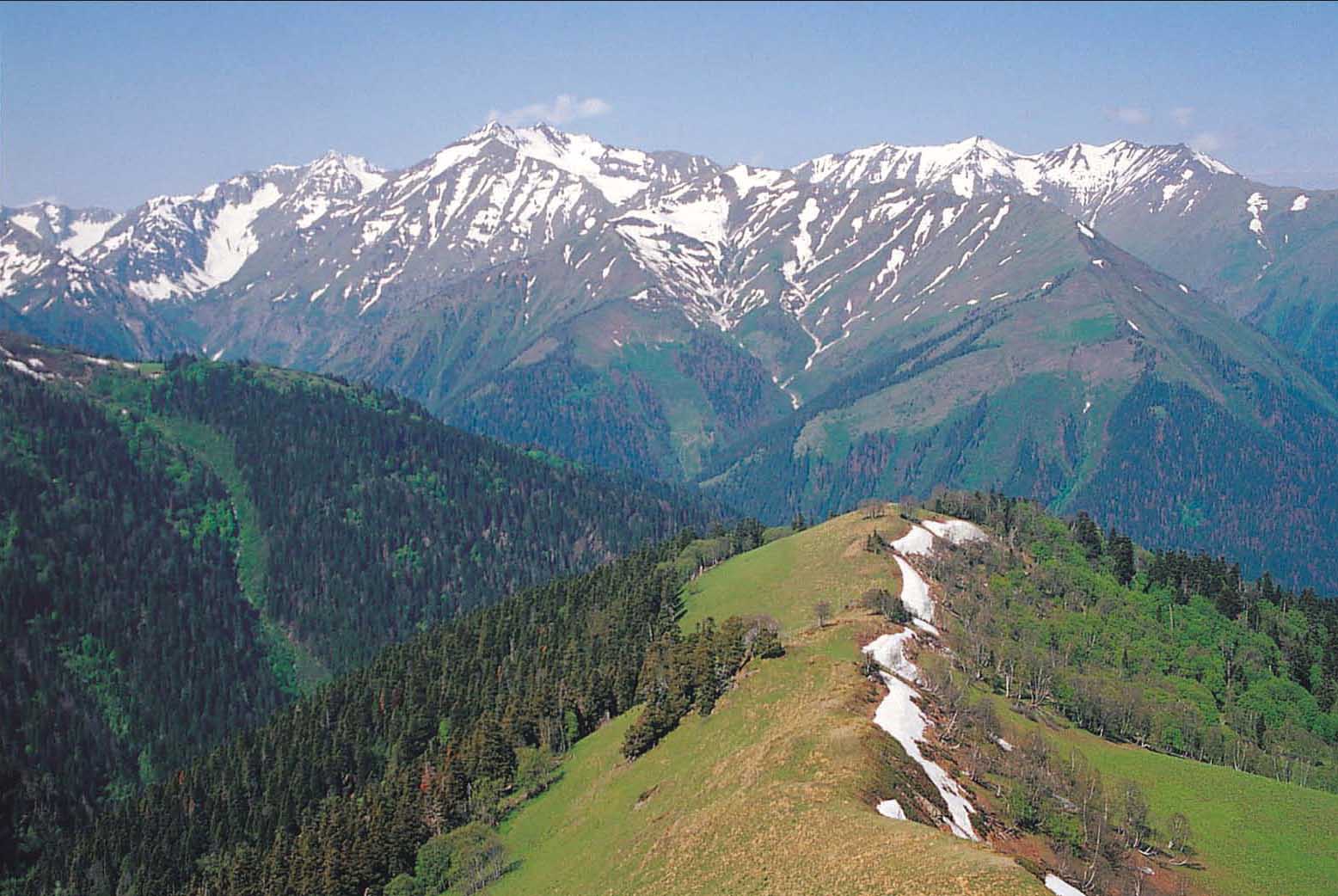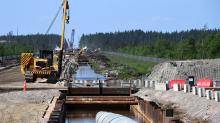
Chechnya is starting to offer big aggregate production possibilities thanks to a mixture of private and federal and local government investment, writes Eugene Gerden.
Situated in the southernmost part of Eastern Europe, the Chechen Republic (Chechnya) is expected to become a key region for Russian aggregates production during the next few years, according to the recently announced plans of the Russian Ministry of Industry and Trade.
A new report prepared by Muslim Khuchiyev, Minister for Economic Regional Development and Trade of Chechnya, claims the region has one of Russia’s richest aggregates reserves, while the Chechen authorities together with federal government and some private investors have already started preparations for their cultivation.
According to Alexander Dolya, chief geologist of Sevkavgeologiya, one of Russia’s leading companies in the field of geological studies of subsurface, at present 53 types of aggregates are presented in the North Caucasus region, located in 1,250 fields, of which about 10% are situated in Chechnya (mostly in the Southern part of the Republic).
According to Ibrahim Kerimov, vice-president of the Chechnya Academy of Sciences, geological survey works to identify the fields most attractive for aggregates production are nearing completion. The Chechnya government plans to focus on the development of 45 prime aggregate fields, the exact list of which was due to be completed in April 2015.
Kerimov has also added that the previous most recent survey of the Chechen aggregates’ fields were carried out from 1950-1970, the results of which are now significantly outdated.
It is understood that particular attention has been paid to the geological survey and further development of aggregates fields in the Shatoi and Vedenskaya geological and structural areas of the Chechen republic, which reportedly have the largest aggregates reserves in the entire North Caucasus region.
The preparation for aggregates production also involves the establishment of the Centre of geological and geophysical studies of aggregates in the city of Grozny, Chechnya’s capital. It is planned that the new centre will be operated as part of the Russian Academy of Sciences (RAS).
“The Chechen Republic, so far, has been holding leading positions in Russia, in terms of annual volume of housing construction and the volume of aggregates reserves, however, despite this, the majority of aggregates, so far, have been imported to the region from abroad. At the same time, there is a possibility that such a situation will change in the coming years,” explains Muslim Khuchiyev.
Implementation of the Chechnya aggregates production project will be personally controlled by Ramzan Kadyrov, president of the Chechen Republic, as well as Russia’s Prime Minister Dmitry Medvedev.
According to Galas Taysmahanov, Minister of Energy and Industry of the Chechen Republic, implementation of the project will be started by the end of Q2 2015.
He also added local government has already attracted several private investors, which will provide funds for the implementation of the project.
Part of the funds are also earmarked to come from the federal budget. The volume of investment in the project is yet to be disclosed, however; according to some sources close to the Chechen government, it may reach RUB 20 billion (€355 million).
Meanwhile, analysts at the Russian Ministry of Industry and Trade have already welcomed the launch of the aggregates production project. According to an official spokesman of Denis Manturov, Russia’s Minister of Industry and Trade, the demand for aggregates in Russia has always been higher and more stable than for other types of building materials, such as cement.
This is mainly due to large volume of aggregates supplies for state needs. According to state statistics, about half of the Russian annual aggregates production is used in the field of road building and railway construction, which are usually funded by the state.
According to state analysts, the development of the Chechen aggregates fields may bring significant benefits for investors, despite the fact that prices for aggregates in Russia have always been relatively low, ensuring profitability of such investment projects at the rate of 15%, compared to 100% in the case of cement.
It is planned that future produced aggregates will be mostly supplied to the domestic market, despite the fact that, due to the current economic crisis in Russia and devaluation of the ruble, caused by Western sanctions, the demand for them has significantly declined.
At the same time, due to currency fluctuations, many local aggregates producers are also considering increasing their exports, which may generate crucial additional revenue.
In the case of the domestic market, the biggest demand for aggregates in Russia is currently from the Crimean region, which is said to have suffered from the economic blockade of the Ukraine and Western countries.
A similar aggregates production project to Chechnya’s has been announced by the government of the Yamal region, an autonomous district of north-west Siberia, which extends 700km and is bordered principally by the Kara Sea, and the Baydaratskaya Bay on the west.
Despite the announcement of new aggregates production projects, the current situation in the Russian aggregates industry continues to be complex, as the majority of leading local producers experience lack of an access to cheap loans.
Due to the lack of bank loans, the majority of producers are considering implementing other financial schemes with the aim of continuing their investment projects. Possible schemes involve producers receiving a letter of credit or bank guarantees. But since the start of 2015 the price of a bank letter of credit has increased several times. Before the current trade blockade on Russia, the cost of credit for Chechen aggregates producers varied between 0.5% and 1% per supply, now it starts from 1.5% for the best and most reliable companies and 5% for all others.
At the same time any guarantees and letters from Russia’s three largest banks - VEB, Sberbank and VTB - are currently not accepted, due to the sanctions imposed on them.
According to analysts of the Russian Ministry of Industry and Trade, due to the ever growing cost of funding, up to 40% of producers may leave the market by the end of the current year. The same situation is being seen in other segments of the Russian market for construction materials, where many producers have not ruled out the possibility of declaring bankruptcy, due to a lack of stable supplies of raw materials and the ever deteriorating situation in the market.
At the same time, even an access to loans will not guarantee stable revenue for local producers. Since the beginning of the current year the exchange rate of the US dollar and euro has almost doubled, compared to the ruble. This has resulted in additional costs for aggregates producers, whose profit margin is already steadily declining as local aggregates retailers and their sales representatives are not ready to double their product prices, amid fears it will trigger a steep sales decline.







